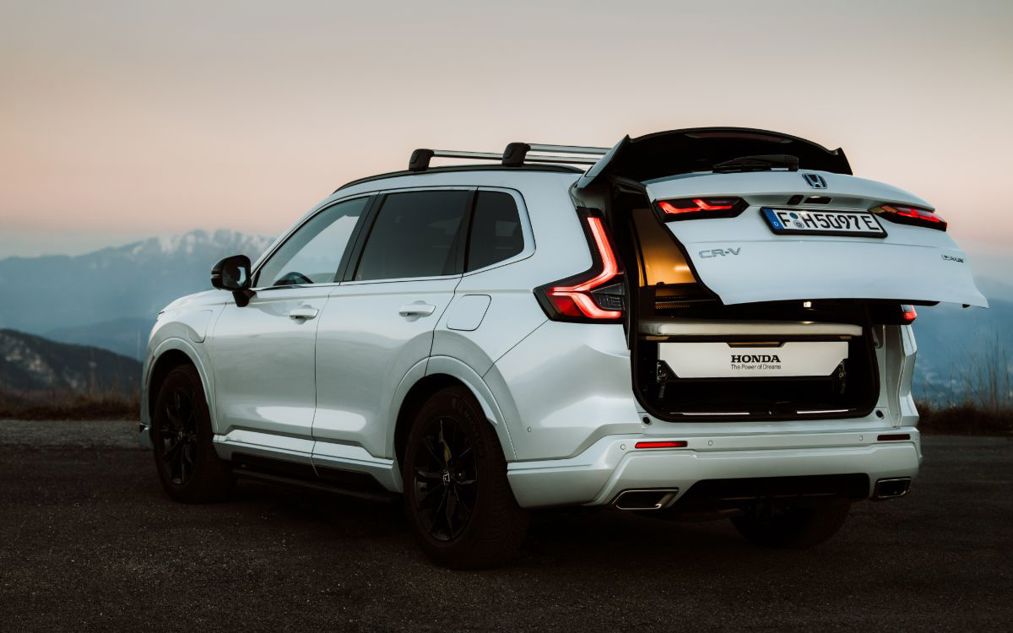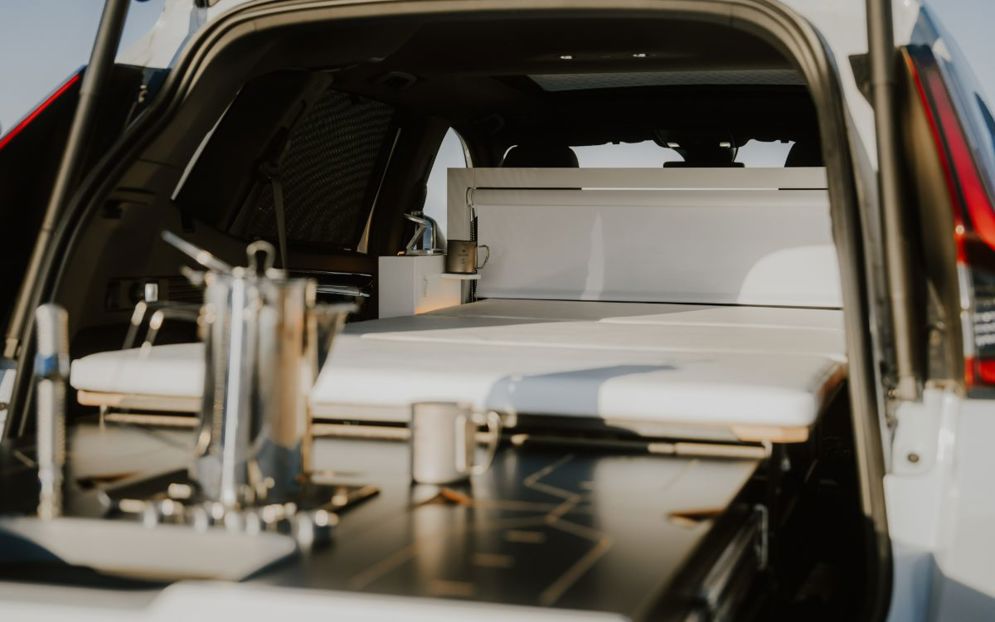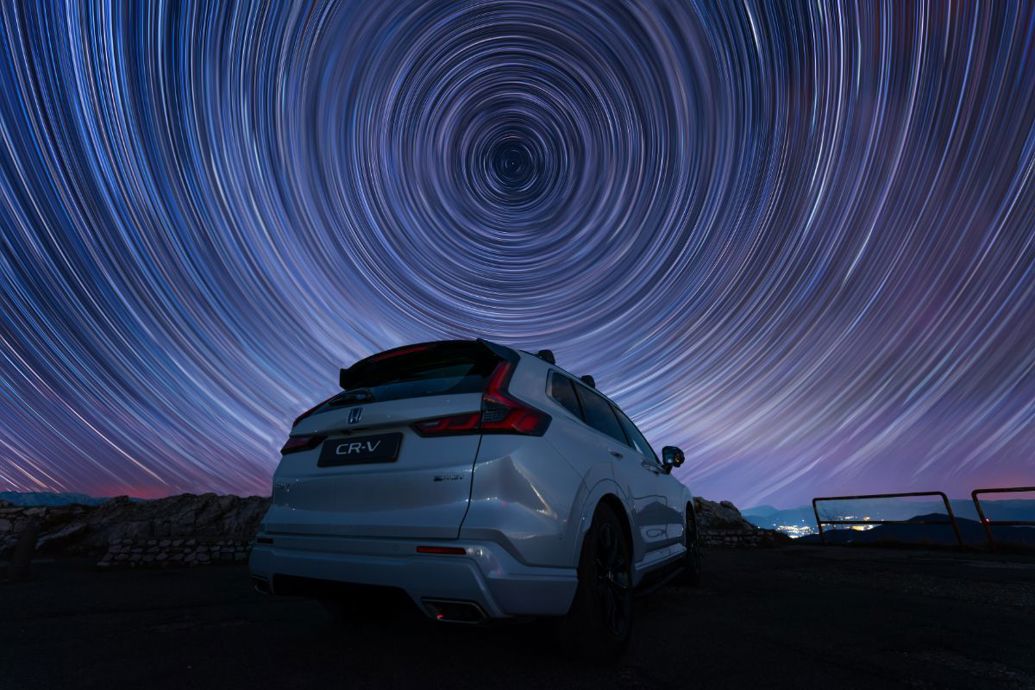Honda's CR-V SUV turns 30 this year. It was one of the original "crossover SUV" models, along with the Toyota RAV4, that pretty much defined the SUV world we live in today.

Honda has taken that "living-in" idea quite literally by celebrating the CR-V's big birthday with a one-off creation called the Dream Pod, which provides accommodation for two people.
Honda says the CR-V Dream Pod is "inspired by Japan’s capsule hotels". It's been built using specialist camping equipment, genuine Honda accessories and some extra bespoke features.
It's based on the plug-in hybrid CR-V just launched in Europe (a powertrain not currently offered in New Zealand), with an all-electric range of 79km.

At the heart of the Dream Pod is the EGOE Nestboard 650, a compact in-car camping solution that fits in the CR-V’s boot. When the rear seats are folded flat, the unit’s double mattress can be unfolded to create a sleeping compartment for two adults.
Concealed in the base of the EGOE is a drawer that slides open to reveal a cooking stove, a collapsible sink and storage for utensils, cutlery and plates.

The interior features "tech pods" with LED reading lights and pull-out side tables, plus USB charging sockets. Tailored blackout covers for the rear windows, combined with a retractable blind behind the front seats, create a private sleeping area.
Honda sent astrophotographer, Benjamin Barakat into the Italian Alps with the Dream Pod to capture some spectacular images of the night sky. After finding the right spot, he set up camp and his cameras, using time lapse techniques to create pictures of Orion’s Nebula within the Milky Way, as well as the Pleiades cluster – made up of over 1000 stars.









